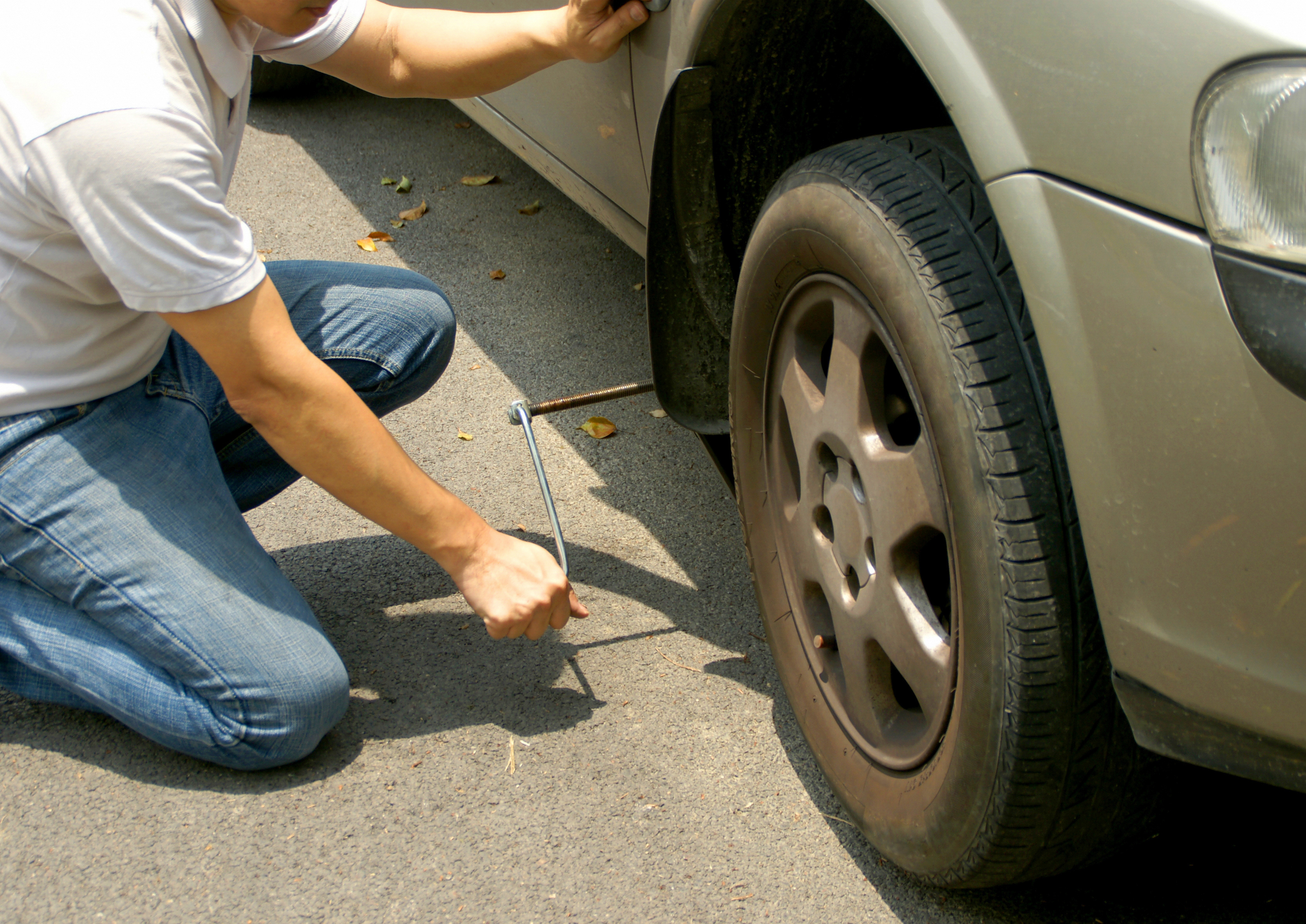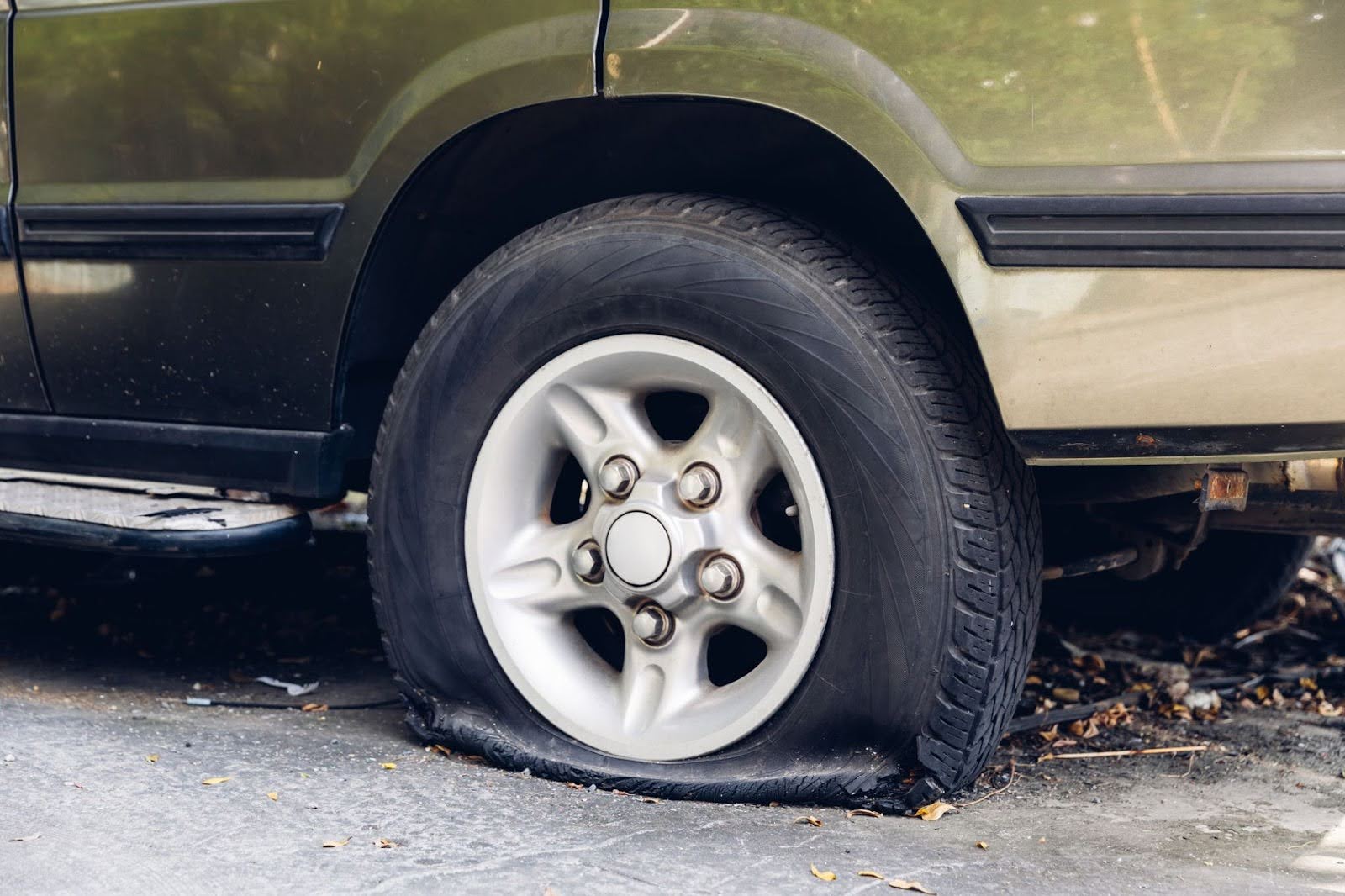There are five different types of shock absorbers:
- Hydraulic shocks: The most common type of shock uses hydraulic fluid to absorb bumps and keep the ride smooth.
- Gas shocks: Similar to hydraulic shocks, but with pressurized gas added to improve performance.
- Air shocks: Use air pressure instead of fluid to control the ride height and firmness.
- Adjustable shocks: Adjust their stiffness automatically or at the push of a button to match driving conditions.
- Struts (see below): Typically found at the front wheels, they help support the weight of the vehicle and also play a role in steering and alignment.
.jpeg?width=265&height=199&name=AdobeStock_375340609%20(1).jpeg)
Regardless of what kind of shocks you've got, for the best results, always replace them in pairs. If you replace the shock on the driver’s side, you should also replace the unit on the passenger side on the same axle, and vice versa, especially on higher mileage cars. This will ensure consistent performance on both sides of the suspension.
If you run into any trouble along the way or aren’t sure exactly what shocks to buy for your car, our Tinker experts are here to help.
4 Signs It’s Time to Replace Your Shocks
1. Excessive Bouncing
Does driving your car sometimes feel like piloting a boat over choppy water as it bobs and bounces over bumps? Well, that’s a big hint your shocks may be worn out. You might also feel the front end of your car “nosedive” when you hit the brakes. This happens because weak shocks can't counteract the weight transfer to the front wheels.
To confirm the problem, give your car the simple “bounce test.” When the car is parked, push down hard on the front and rear bumpers and quickly release. If only the front suspension bounces more than two or three times before settling, swap in new front shocks. If only the rear suspension bounces more than two or three times before settling, replace the rear shocks. If they both bounce more than they should, it’s time to replace all four shocks.
2. Leaking Fluid
 When shocks leak fluid, it means the internal seals have failed and the fluid that’s supposed to be inside absorbing bumps is oozing out. When this happens, the shocks can’t do their job properly.
When shocks leak fluid, it means the internal seals have failed and the fluid that’s supposed to be inside absorbing bumps is oozing out. When this happens, the shocks can’t do their job properly.
Take a quick look under your car and inspect all four shocks for wet, oily spots. A little dirt or grime is normal, but if you see greasy fluid on the outside of a shock, it’s worn out and needs to be replaced.
3. Unusual Noises and Vibrations
If you’re hearing clunking, rattling or squeaking sounds when you drive over bumps, your shocks may be going bad. Shocks and their surrounding suspension components start to get noisy when they're wearing out. Often these annoying sounds are accompanied by unwanted vibrations as the suspension reacts to the road surface.
Visually inspect your shocks for loose or worn mounting bolts and brackets or degraded rubber bushings. While you’re at it, examine nearby parts like sway bar links and control arms. Issues with any of their mounting bolts, brackets or bushings can produce similar symptoms.
4. Premature Tire Wear
.jpeg?width=306&height=229&name=AdobeStock_715132437%20(1).jpeg) Have you noticed your tires wearing faster than usual or in odd patterns? Worn-out shocks may be to blame. When shocks aren’t doing their job, the tires struggle to maintain consistent contact with the pavement. They may bounce or skip, causing uneven and premature wear.
Have you noticed your tires wearing faster than usual or in odd patterns? Worn-out shocks may be to blame. When shocks aren’t doing their job, the tires struggle to maintain consistent contact with the pavement. They may bounce or skip, causing uneven and premature wear.
A good way to check for this is to run your hand over each tire's surface. Feel for any bumps, dips or inconsistencies in the tread. Also look for irregular patterns, such as cupping or scalloping around the edges. These are all telltale signs that it’s time for new shocks.
Need assistance or more helpful DIY advice? Speak to one of our Tinker Experts today!
.jpeg?width=287&height=191&name=AdobeStock_439264640%20(2).jpeg) Shock absorbers are an integral part of your vehicle's suspension. Commonly called
Shock absorbers are an integral part of your vehicle's suspension. Commonly called



